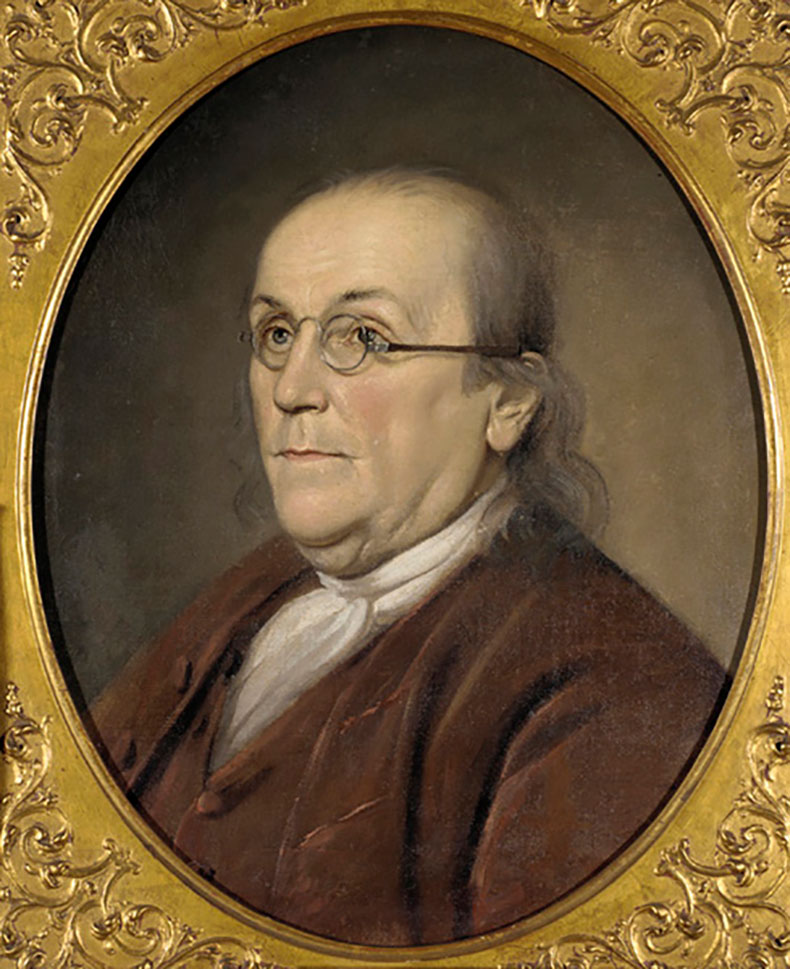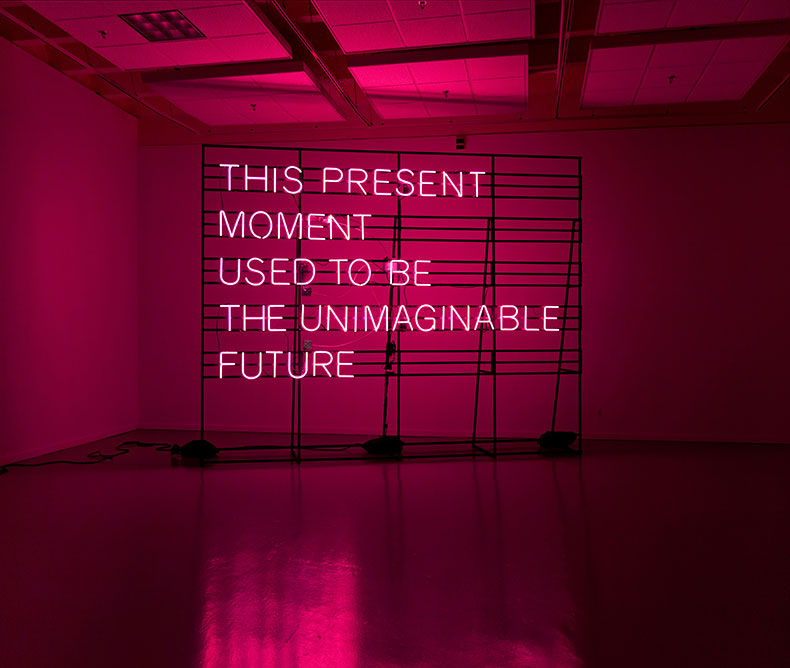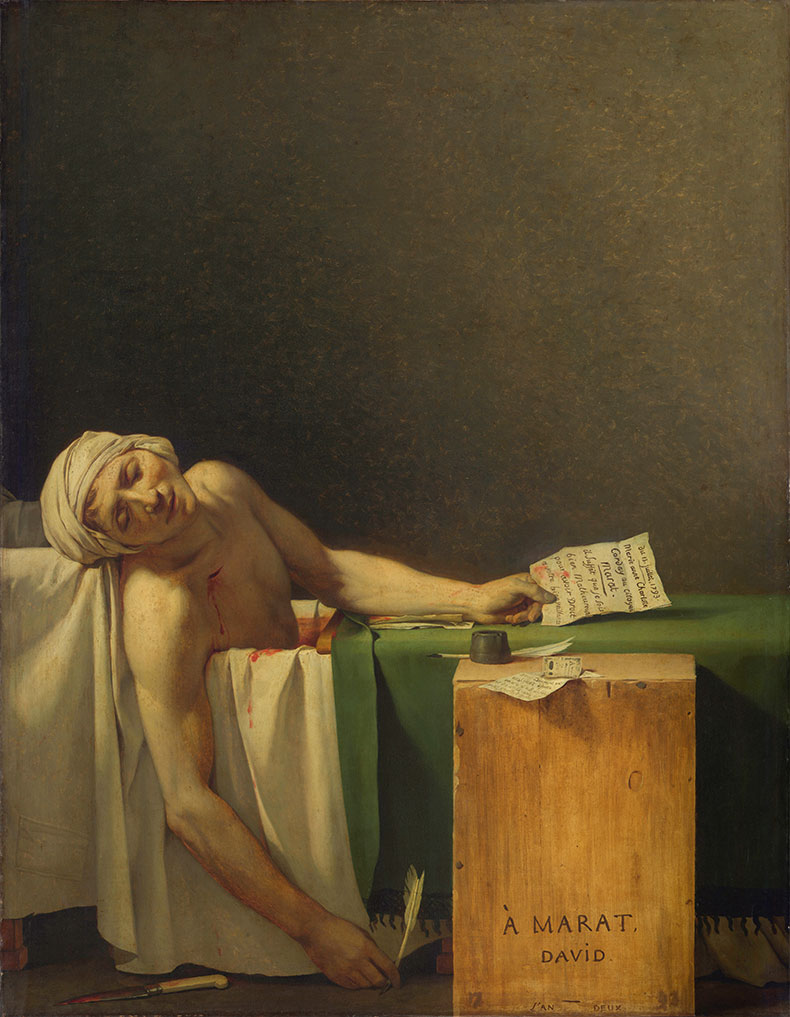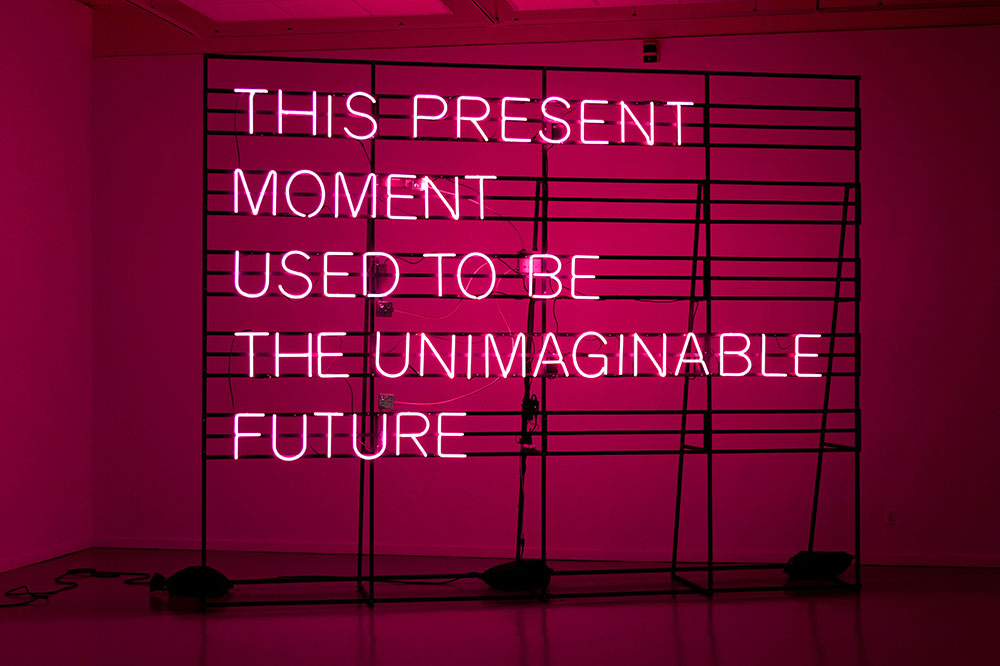 ‘Four things to see this week’ is sponsored by Bloomberg Connects, the free arts and culture app. Bloomberg Connects lets you access museums, galleries and cultural spaces around the world on demand. Download the app here to access digital guides and explore a variety of content.
‘Four things to see this week’ is sponsored by Bloomberg Connects, the free arts and culture app. Bloomberg Connects lets you access museums, galleries and cultural spaces around the world on demand. Download the app here to access digital guides and explore a variety of content.
Each week we bring you four of the most interesting objects from the world’s museums, galleries and art institutions, hand-picked to mark significant moments in the calendar.
While the revolution may not be televised, you can be sure it will inspire countless artworks. Many political upheavals of the 19th and early 20th centuries were anticipated by social realists and satirists who called attention to the sufferings of the poor and the blunders of politicians through cutting cartoons and pathos-heavy genre scenes, while history painters came in after the fact, decorating the victors with the spoils of war in large-scale murals and canvases. Prints played their part too; with the rise of the press, news of rebellion could reach far and wide and connect more people to the cause.
By the mid 20th century, photography had transformed the representation of unrest. The global uprisings of 1968, which included the Civil Rights movement in the United States, widespread opposition to the Vietnam War and workers’ protests in France, were documented as they happened and proliferated across newspapers. Now, social media rules supreme. Photographs from recent protests and riots, as well as the artworks paying homage to political martyrs, go viral in minutes, spreading the message of revolution far faster and wider than in previous decades.
To mark this year’s Bastille Day – a national holiday celebrating the anniversary of the fall of the Bastille in Paris on 14 July 1789 and the beginning of the French Revolution –
To mark this year’s Bastille Day – a national holiday celebrating the anniversary of the fall of the Bastille in Paris on 14 July 1789 and the beginning of the French Revolution – we have selected four works that capture the spirit of revolution.
Portrait of Benjamin Franklin (1785), Charles Willson Peale. Benjamin Franklin House, London. Photo: courtesy the Pennsylvania Academy of Fine Arts, Philadelphia

1. Portrait of Benjamin Franklin (1785), Charles Willson Peale
Benjamin Franklin House, London
As well as inventing the lightning rod and bifocal lenses, Benjamin Franklin was one of the foremost Founding Fathers of the United States – he helped to draft and signed the Declaration of Independence which saw 13 American colonies officially sever their political ties to the United Kingdom. Between 1757 and 1775 Franklin lived in London at 36 Craven Street, which is now a museum, where this portrait can be found. Click here to find out more on the Bloomberg Connects app.
This Present Moment (2019–20), Alicia Eggert. Smithsonian American Art Museum, Washington, D.C

2. This Present Moment (2019–20), Alicia Eggert
Smithsonian American Art Museum, Washington, D.C
Alicia Eggert’s neon work illuminates a quote from revolutionary futurist Stewart Brand’s manifesto The Clock of the Long Now (1999) and presents an intriguing new perspective on time. The brilliant pink light is a reference to the Me Too movement of 2017 which empowered women to share their stories of sexual assault and to demand accountability. Click here to find out more.
Death of Marat (1793), Jacques-Louis David. Royal Museums of Fine Arts of Belgium, Brussels. Photo: J. Geleyns – Art Photography

3. Death of Marat (1793), Jacques-Louis David
Royal Museums of Fine Arts of Belgium, Brussels
Perhaps the most famous work of art to emerge from the tumult of the French Revolution, David’s painting depicts the death of revolutionary leader Jean-Paul Marat with little ceremony. A replica can be seen in the Louvre but the original is found in the Royal Museum of Fine Arts of Belgium. Click here to find out more.
Allegory of Mexico (c. 1948), José Clemente Orozco. Museo Colección Blaisten, Mexico City

4. Allegory of Mexico (c. 1948), José Clemente Orozco
Museo Colección Blaisten, Mexico City
While José Clemente Orozco is often overshadowed by fellow muralist Diego Rivera, he played an important part in elevating the status of Mexican art and became a powerful advocate for social change. His work, which included murals as well as paintings on canvas, such as the one pictured here, typically depicted peasants and class struggle, the hardships of everyday life and social revolution. Click here to find out more.
Download now
![]() ‘Four things to see this week’ is sponsored by Bloomberg Connects, the free arts and culture app. Bloomberg Connects lets you access museums, galleries and cultural spaces around the world on demand. Download the app here to access digital guides and explore a variety of content or scan the QR code.
‘Four things to see this week’ is sponsored by Bloomberg Connects, the free arts and culture app. Bloomberg Connects lets you access museums, galleries and cultural spaces around the world on demand. Download the app here to access digital guides and explore a variety of content or scan the QR code.



